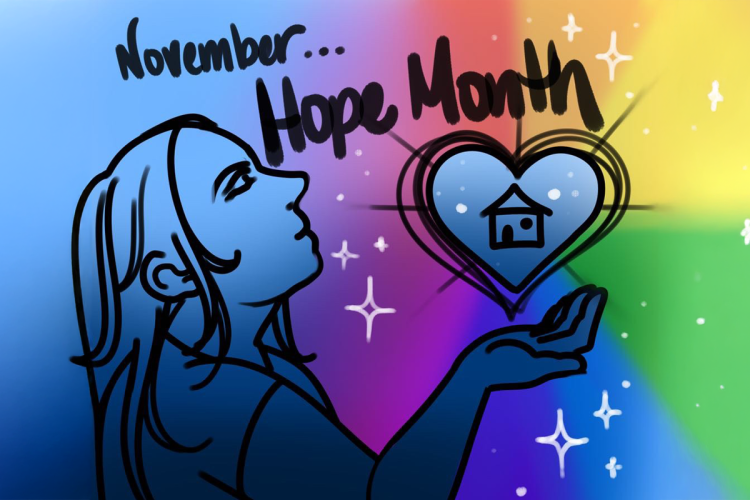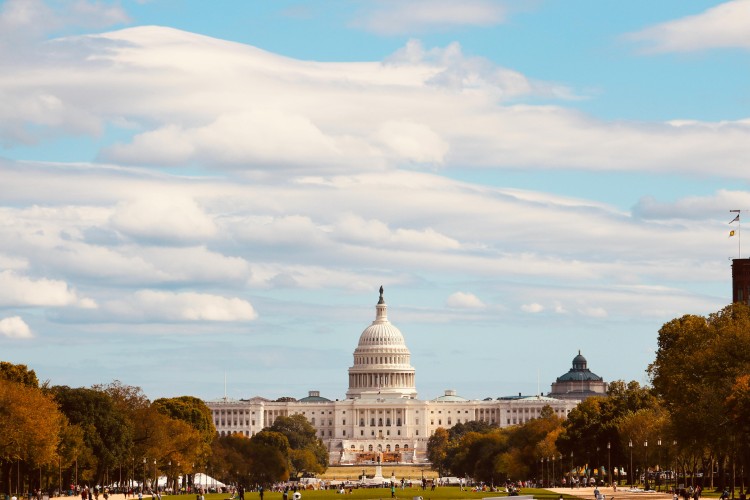Congress Makes Progress on $1 Trillion Infrastructure and $3.5 Trillion Budget

Around 4:00am on August 10, the Senate passed a much negotiated $1 trillion infrastructure deal. The bipartisan package now goes to the House of Representatives, where it is currently scheduled to receive a vote by September 27. The deal is primarily focused on “hard” projects such as surface transportation, energy, water, and broadband infrastructure. Not all of President Biden’s and Progressive’s priorities from the American Jobs and American Families plans were included in the infrastructure bill. The remaining Democratic priorities have been reconstituted inside a $3.5 trillion budget resolution. These include significant expansions of Housing Choice Vouchers and funding for public and affordable housing, expanding Medicaid coverage, extending the child tax credit, providing paid family and medical leave, universal pre-k and tuition-free community college, climate change provisions and tax increases on corporations and high-income individuals.
Both the Senate and House have passed the budget resolution, setting up the process known as budget reconciliation, which will allow the Senate to bypass the filibuster. Reconciliation is a special process by which Congress can actually spend the $3.5 trillion it has budgeted for itself while needing only 51 votes in the Senate (counting all 50 Democratic senators and Vice President Harris casting the tie-breaker). Typically, most bills require 60 votes in order to overcome a Senate filibuster, but reconciliation is the proverbial exemption to the rule.
However, the timeline for concluding the budget reconciliation process places it smack-dab in the middle of a truly chaotic end to September. In addition to the budget reconciliation and the aforementioned infrastructure vote on September 27, Congress also needs to resolve the following “must-do’s” in September:
- Extend regular funding for the government, and raise or suspend the federal government’s legal limit on debt (the debt ceiling);
- Extend the authorization for TANF (Temporary Assistance for Needy Families) as well as the increased benefits under SNAP;
- Extend the authorization for the federal highways program and National Flood Insurance Program;
- Decide if it will extend the enhanced unemployment benefits and eviction moratorium due to the ongoing pandemic.
Taken individually, these are all massive legislative priorities. Collectively, they create an incredible political and legislative logjam. The issue is further exacerbated by disagreements on priorities within the Democratic caucuses themselves and their narrow margins of control in both the House and Senate. Progressives in the House insist Congress pass the $3.5 trillion budget reconciliation before it passes the infrastructure deal; moderate Democrats want the opposite. Both sides fear that their preferred legislation will lose support and ultimately fail if it goes second. The result is a very politically convoluted and difficult puzzle.
Check the Youth Collaboratory Government Relations blog series in the coming weeks for the most relevant developments as Congress races towards these looming deadlines and the end of the federal fiscal year on September 30.
See our National Advocacy page for up-to-date information and access to the full blog series.


